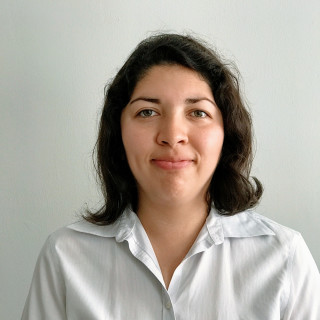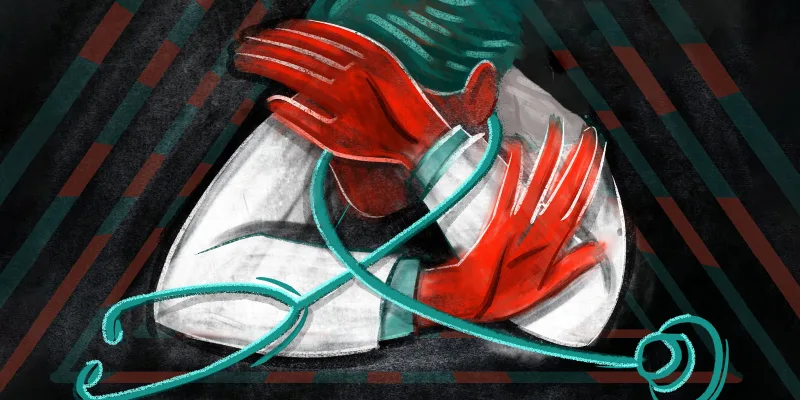I always tell people that applying to medical school was the dumbest thing I have ever done. Not because I didn’t want to be a physician or because the road is challenging and lengthy, but rather because I had no idea how I would finance my medical education. As an undocumented immigrant, I was not eligible for federal financial aid, and in the fallout of the 2008 financial crisis, private loans would be out of my reach. I arrived on campus without a clear plan for how to make it all work and without any clear point of contact for someone who could help guide me.
I entered medical school in 2011, a full year before the Deferred Action for Childhood Arrivals (DACA) program was announced by the Obama administration — a program that offers employment authorization and protection from deportation. Prior to medical school I had spent a long time trying to investigate if enrollment was even possible: were undocumented students able to apply? had anyone in my position ever done this before? The responses I received from schools were one of the following: questions — What are undocumented students?; templates — We consider all applicants through the same process regardless of national origin; or vague encouragement — We are always looking for talented students to join our program and encourage you to apply. After a year-long inquiry, I was left with few answers, so I decided that I might as well apply and hope for the best.
The first few months of medical school were some of the most stressful of my medical career to date. Absorbing anatomy during the day and worrying at night about the likelihood of having to withdraw during the first month was exceptionally difficult. I tried my best to focus on the tasks at hand — memorizing the Krebs cycle, learning how to structure a medical note, listening to each lecture — but the distraction of this financial hurdle would not let my mind rest. With a lot of luck and some assistance from a kind soul in the financial aid office who went above and beyond to investigate what was possible, I was able to keep going with my studies and find some respite from the stress of this uncertainty.
When DACA was announced a year into school, I had a reprieve. Not only would I be protected from deportation, I would also be granted work authorization. Before this time, I hadn’t had a driver’s license because undocumented people were prohibited from obtaining them. But medical school in a large metropolis required reliable transportation. The work authorization would help me with this — I would obtain a Social Security number and with that I could apply for a driver’s license — and with fourth year approaching it would also facilitate my plea to residency programs, further uncharted territory for me.
With my new DACA status I learned how to drive in 10 days right after Step 1 and while orienting to my first rotation of third year. I am not sure which was harder. I spent the rest of my third year of medical school trying to figure out whether residency programs might be open to accepting someone with my immigration status. The logistics of this were more complicated than just applying; the Electronic Residency Application Service (ERAS) application only had options for selecting “U.S. citizen” or “international medical graduate.” How was I to explain my situation? And even if I had the chance, how could I expect medical educators to understand what DACA was, and what it would mean to accept someone of this immigration status into their residency program? My residency application ultimately required a lengthy supplement.
Luckily, things worked out. I was able to find a way to finance my medical education, amend the ERAS application to account for the now many undocumented students pursuing medical training, and complete a residency in family medicine.
The landscape of medical education for undocumented students looks much different today, due in large part to the advocates who believe that opening medical training to DACA recipients and undocumented students is a worthwhile endeavor. There have now been dozens of these students who have completed or are currently in residency training. Unfortunately, DACA continues to face challenges in the courts, and it is not clear how long the DACA program will continue, if at all. This situation leaves more than 500,000 people, many of whom are bright aspiring physicians, living in a state of near constant worry and uncertainty about the status of their future.
I hope that in telling my story I can shed light on how immigration reform can benefit doctors in training. For me personally, the path through medical education would not have been possible without the opportunities afforded through DACA. I have been able to fulfill my dream only because of the reprieve I was granted. Beyond the impact that immigration reform can have on aspiring physicians, it is sure to have an impact on the many people who would receive care from these individuals — a significant assist to the health care infrastructure of the U.S., as we currently face a national physician shortage. With so much at stake for both patients and aspiring physicians, maintaining — and expanding — the DACA program is critical.
Dr. Raquel Rodriguez is a family medicine physician, currently practicing telemedicine from everywhere. She is passionate about applying technology, design, and policy innovations to improve patient care and the health of underserved populations. She tweets, rarely, at @racoolnessmd. Dr. Rodriguez is a 2022–2023 Doximity Op-Med Fellow.
Illustration by Jennifer Bogartz







